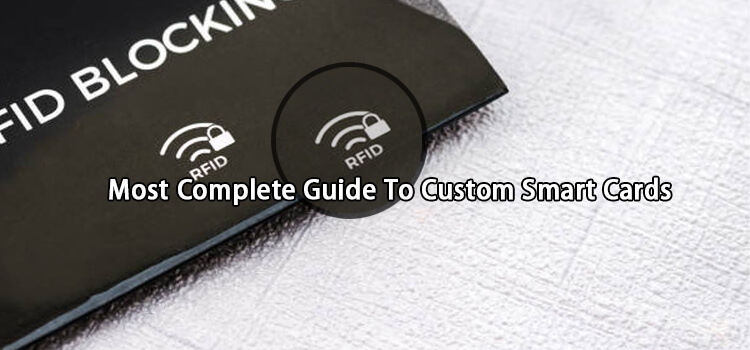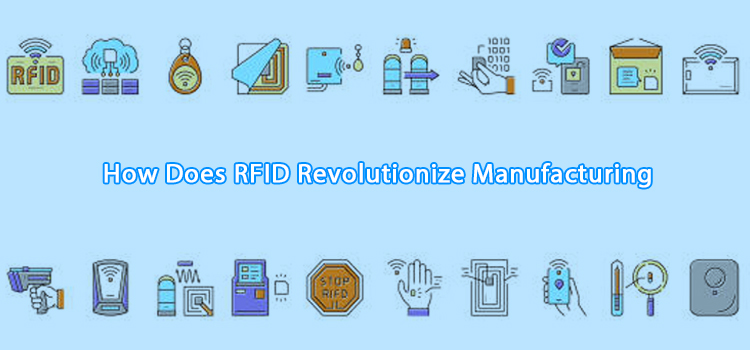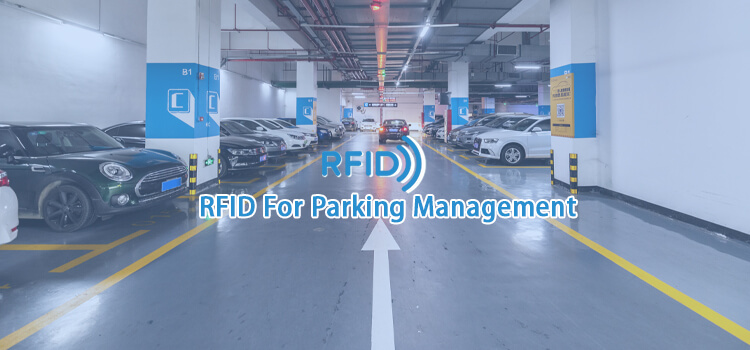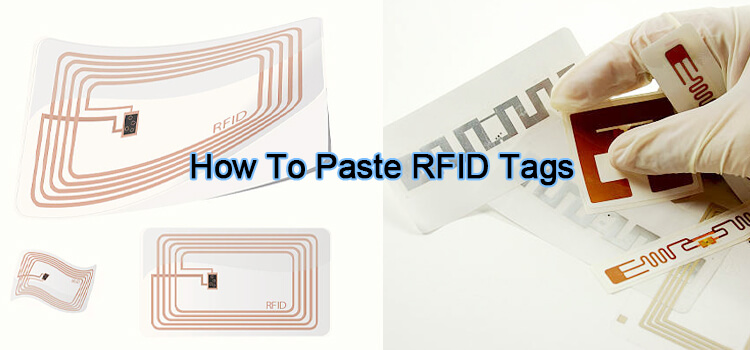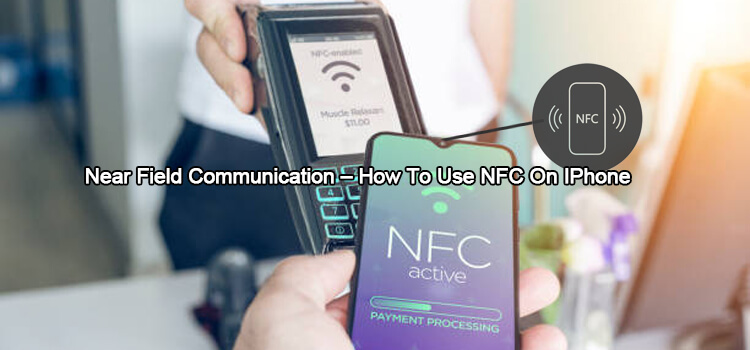Smart cards are an integral part of our lives, whether we’re using them for transportation, to access office buildings, or to make a purchase. They make our lives convenient by providing us with a unique way to store and use our personal information.
Smart cards comprise a chip that contains our personal information and an antenna that allows the card to communicate with a card reader. The chip can either be read-only or read/write, and the antenna can be contact or contactless.
There are several types of smart cards, including IC cards, ID cards, and CPU cards. Here is the most complete guide to custom smart cards to allow you to choose the type of card that is best suited for your needs.
What is a Custom Smart Card?
It’s a no-brainer that you have several smart cards. You probably have an ATM card, a credit card, and a few loyalty cards. Every day, you use them without giving them a second thought.
But what if you want to create your smart card? That’s where custom smart cards come in.
Custom cards are smart cards that have been customized to meet the specific needs of an organization or individual. They can be used for numerous purposes, including identity verification, access control, and data storage.
When you create a custom card, you can choose the type of chip, the memory size, the communication protocol, and the security features best suited for your needs. There are also several options for the size, shape, and design of your card.
Smart Card Customization Options
If you contact a smart solutions provider, they will offer several customization options to personalize your card. Some of the most popular options include:
- Smart Chip Options
The manufacturer will let you select the type of chip you want to use. Some of the most popular options include Low-Frequency (LF), High-Frequency (HF), and Ultra-High Frequency (UHF).
All the options offer data retention of 10 years and 100,000 write cycles. They also have Read/Write functionality, except for TK4100 and EM4200 LF options.
The main difference between them is how fast they can transmit data to a reader and how much data they can store at one time.
LF Chips
| Chip | Memory | Protocol |
| TK4100 | 64 bit | ISO7815 |
| T5577 | 330 bit | ISO11784/11785 |
| EM4200 | 128 bit | ISO7815 |
| EM4305 | 512 bit | ISO11784/11785 |
HF Chips
| Chip | Memory | Protocol |
| Mifare S50 | 1Kbytes | ISO14443A |
| Mifare S70 | 4Kbytes | ISO14443A |
| Mifare DESFire EV1 | 2K/4K/8Kbytes | ISO14443A |
| Ntag213/215/216 | 144/504/888 bytes | ISO14443A |
| I Code Sli | 1K/1024bit | ISO15693 |
| I Code Sli-X | 1Kbit | ISO15693 |
UHF Chips
| Chip | Protocol | Memory |
| Monza 4QT | EPC Class1& Gen2 | EPC 128bits &User 512bits |
| Monza 5 | EPC Class1& Gen2 | EPC 128bits &User 32bits |
| UCODE 7 | ISO14443A | EPC 128bits |
| Aline H3 | EPC Class1& Gen2 | EPC 96bits &User 512bits |
- Substrate Choice
When choosing a substrate for your card, it’s important to consider factors like durability and security. Plastic substrates are typically more durable and long-lasting than paper, making them ideal for high-security applications.
However, paper substrates are often less expensive and can be a better choice for lower-security applications. Other substrate materials that you may consider include:
- RFID Wooden Cards. Wooden cards are a unique and visually striking option, but they may not be the most durable. If well done, they can be classy, professional, and secure.
- Epoxy Cards. Epoxy cards are made with a clear epoxy resin that encapsulates the smart chip and antenna. This creates a smooth, glossy surface that is water-resistant and tamper-proof.
- Metallic Cards. Metallic cards are made with a thin layer of metal, typically aluminum or brass. These cards are durable and have a high-end look and feel.
- PVC/PET Cards. PVC and PET cards are standard plastic materials that provide high durability and security. They can be easily customized with text, graphics, or photos for a professional look.
Always ensure that you choose a substrate that will complement your style, application, and budget.
- Card Size and Shape
Once you’ve chosen your substrate, you’ll need to decide on the size and shape of your card. The most common sizes are CR80 (3.375″ x 2.125″) and CR79 (3.303″ x 2.062″). However, you must be careful to consider interoperability when choosing the size of your card. Ensure that it can work with readers, printers, and other devices you may need to use.
As for the shape of your card, the sky’s the limit. You can choose from numerous shapes, including oval, square, rectangle, or even cut-to-shape.
- Card Process/ Working Rationale
Smart cards use different rationales and processes to function. The most common ones are:
- Contact Cards. Contact cards have exposed metallic connectors on the surface of the card. When inserted into a reader, these connectors establish an electrical connection to power the chip and transmit data.
- Contactless Cards. Contactless cards communicate with readers through radio waves. They don’t require physical contact, making them more convenient and less likely to wear out over time.
- Dual-Interface Cards. Dual-interface cards have both contact and contactless interfaces. This makes them more versatile and allows them to be used with different types of readers.
When choosing the method that you would like your custom smart card to use, you should also consider the following:
- Magnetic stripe cards must be of the recommended dimensions (usually a width of 12.55 mm or 8 mm). They also come in different colors, mainly silver, brown, black, and gold.
- Bar code cards must be Code 128, Code 39, EAN 13, or EAN 8.
- Convex code cards can be big (18pt) or small (14pt). Their color is usually gold or silver.
Additionally, you can get other variations of cards, including Flat Code, Laser Code, Signature Strip, QR Code, and Hot Stamping. The option you make determines the type of smart card you will get and can affect functionality significantly.
- Branding and Customization
To make your card truly unique, you’ll need to add some personalization. The most common form of customization is branding, which can be accomplished in several ways.
One way to brand your card is by adding a logo. You can have your logo printed, engraved, or embossed on the surface of the card. This will give your card a professional look and make it easy for people to identify your brand.
You can also add special effects. You can use different techniques to add texture, color, or other visual elements to your card. This will make it more eye-catching and memorable.

